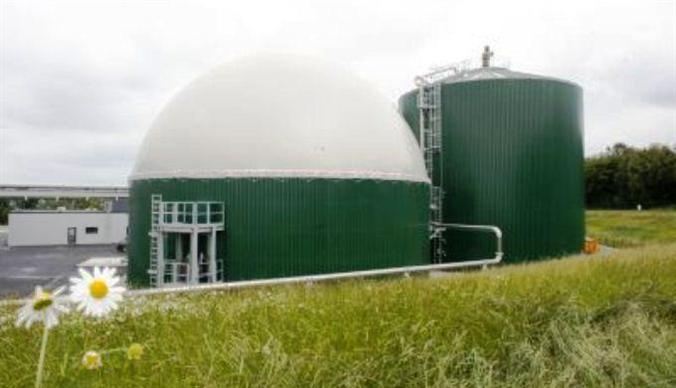On-farm manure methanation for electricity or biogas.

MOMENT OF INNOVATION..
INNOVATION STATUS.
Anaerobic digestion consists in sending the excreta as quickly as possible to an anaerobic digestion reactor, which stimulates the production of CH4 and allows it to be captured. This CH4 can be injected into the city gas network, but is generally recovered by combustion in boilers or cogeneration engines, producing heat and / or electricity. This technique can be applied to all recovered manure, liquid or solid (slurry and manure).
In most cases, co-substrates from the farm (crop residues ...) or from the outside (food industry waste ...) are methanized with the waste to increase the production of biogas.
After the preliminary purification stage, the biogas can be sent to a cogeneration unit. The latter burns biogas to produce electricity and heat. This valuation is done in a specially dedicated container (see figure below). For cogeneration, it is possible to use either gas engines or gas turbines.

The cogeneration unit consists of a gas engine, an alternator and heat recovery circuits. The gas is burned in the engine and the mechanical energy of the engine is converted into electricity by the alternator. The thermal energy produced by the engine on the exhaust, cooling water and lubricating oil circuits is recoverable for thermal or industrial use.
While the construction of an anaerobic digestion unit is a relevant measure to reduce on-farm greenhouse gas emissions, and producing biogas or electricity, it also raises other questions that require should be considered case by case. For example, construction involves the artificialisation of agricultural surfaces, the impact of which is not obvious. It also requires a certain level of effluent production to ensure the profitability of such an installation, coupled with support from public policies.
For smaller farms, which do not have the means to pool or build a methanizer, the "flaring" technique can significantly reduce greenhouse gas emissions.

